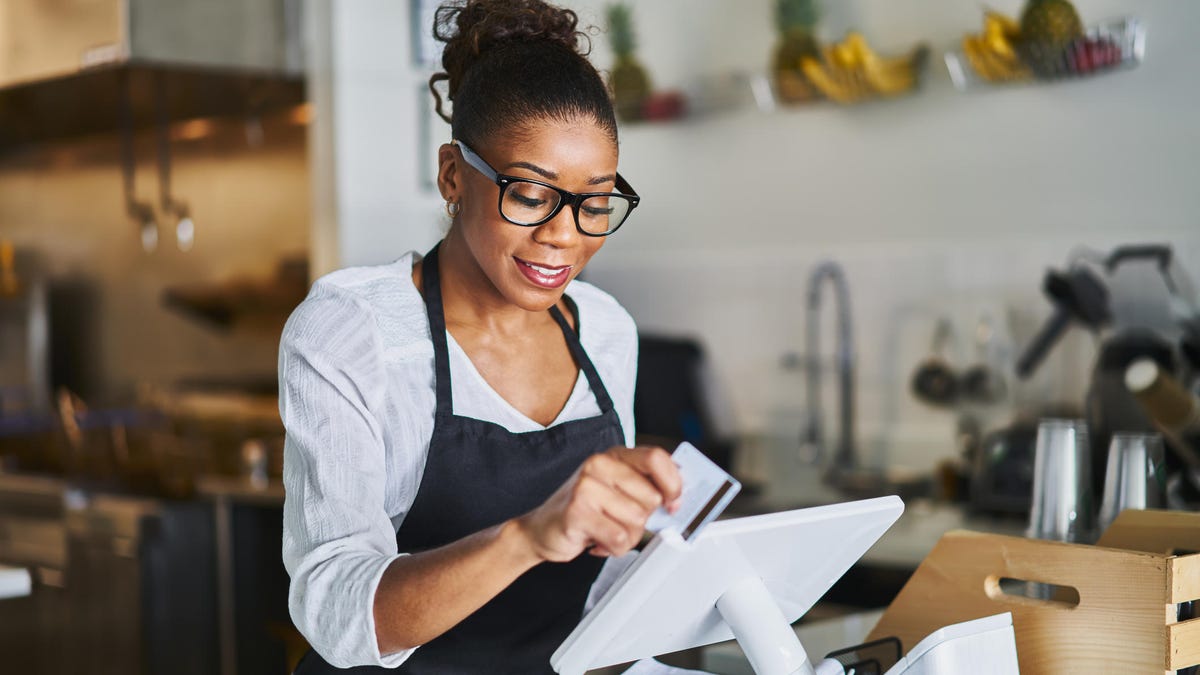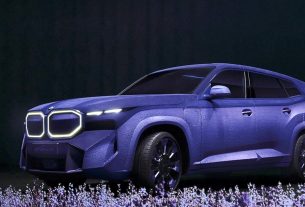While it upends the art world, AI-powered technology is sweeping through another industry: fast food. Technology powered by AI has been used in restaurants for some time, to improve customer experience and monitor internal expenses. Now, AI-powered voice bots will be putting in your orders.
Taco Bell’s parent company Yum Brands recently shared that it’s testing an AI-powered conversational bot that takes orders in the drive-thru lane. The AI voice bot could help the chain “potentially automate ordering,” according to Business Insider.
Meanwhile, earlier this year, Popeyes and Panera Bread began partnerships with OpenCity, a startup touting an AI-powered drive-thru voice assistant. Its name is Tori, and it claims to help improve order accuracy, decrease food wait times, and increase food sales.
Also: Would you eat food cooked by a robot? You might have to soon
According to a Popeyes location that uses Tori, drink sales increased by 150%, as Tori offers customers high-margin menu items. Restaurant owners sync Tori to their restaurant’s POS or kiosk system, eliminating the need for a worker to take and place orders.
Then, the customer drives to the window and receives their order, which, according to OpenCity, is correct 100% of the time.
AI-powered voice bots like Tori will join other tech used in quick-service restaurants. Tori is a front-of-house “employee,” but other robotic restaurant workers cook, clean, and serve food.
Robotics and AI in the food industry are a direct result of a crippling labor shortage, as restaurants around the country have hundreds of thousands fewer employees than did two years ago, according to the US Labor Department.
Other uses for AI in the restaurant industry include leveraging AI-powered vision to monitor drive-thru efficiency. Companies like Plainsight offer their services to help restaurants mitigate lost revenue due to customers leaving the drive-thru because of long wait times.
Companies like Starbucks understood the monetary value of adopting AI years ago when it launched its mobile app in 2011. As the app grew, Starbucks integrated Deep Brew, its AI-powered management system that personalizes customer recommendations, eliminates time-consuming tasks for employees, and gathers data to help create new products.
Also: Mushroom meat and robot chefs: Chipotle’s vision for the future of fast food
AI can also help restaurants reduce waste, which helps decrease food costs and the burden of food waste on the environment. Companies like Winnow deliver AI-powered software to help restaurants decrease their food waste.
They created a kitchen tool called Winnow Vision, which monitors what food is thrown in the trash and automatically collects that data. It uses that data to notify kitchen staff of how much of what food is being wasted throughout the day. And eventually, the company says Winnow Vision will achieve full automation and decrease food waste by up to 70%.
Robotics and AI are becoming increasingly integrated into the food and beverage industry, more than most people are aware of. And although these tools help with real problems, it might be concerning how easily they can replace human workers.



